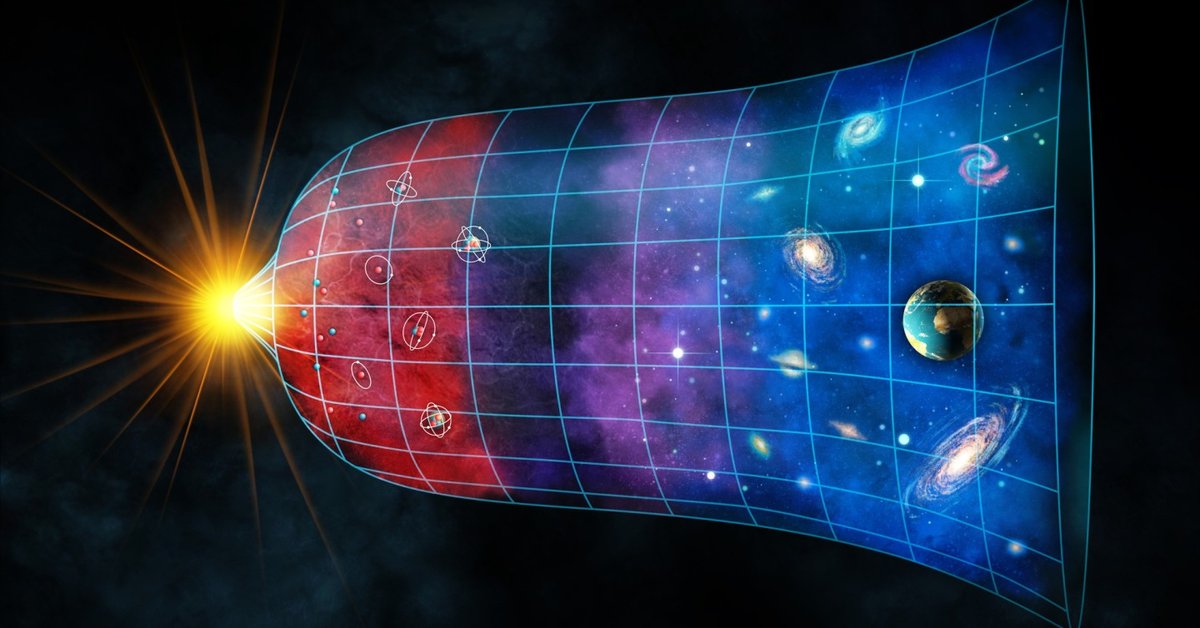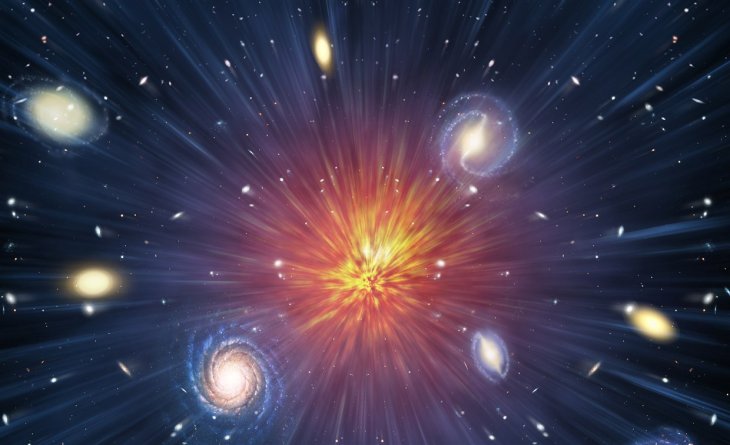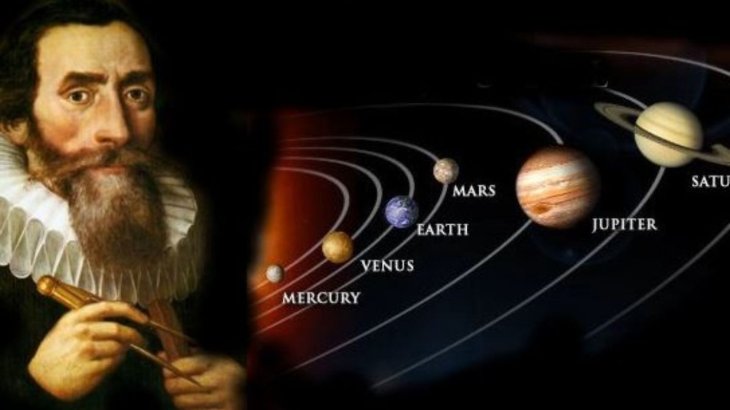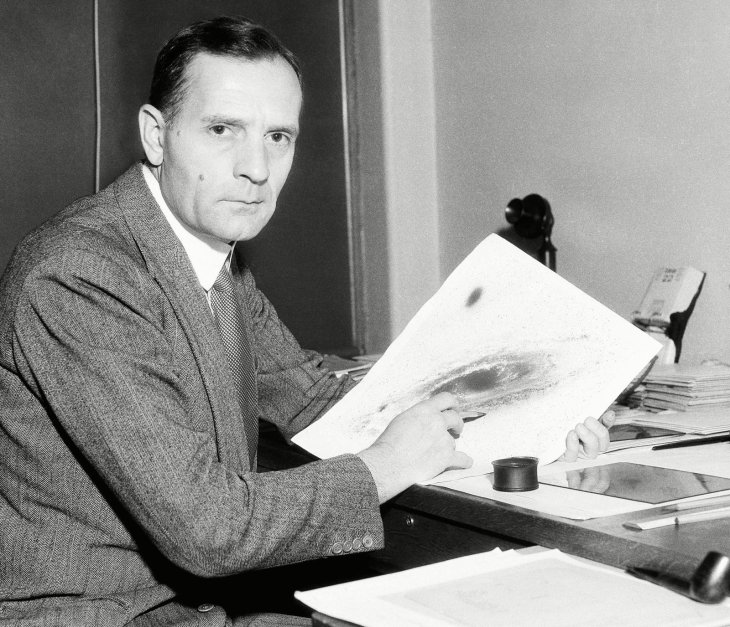How Do We Know The Universe Is 13.8 Billion Years Old?
Dhir Acharya - Feb 11, 2021

Over hundreds of years, humanity has been trying to estimate the age of the universe and the most precise number is 13.8 billion years. But how do we know?
- Japan Hydrogen Breakthrough: Scientists Crack the Clean Energy Code with Mind-Blowing 1,000% Efficiency Jump
- 'Five-second rule' For Food Dropped On The Floor: Is It True?
- The First Space Hotel In The World Will Welcome 400 Guests
If you search on Google, it will take you just milliseconds to find that the universe is 13.8 billion years old, and over time, cosmologists are more and more confident in this number.
In late December, researchers working on the Atacama Cosmology Telescope in Chile published their newest estimate of the universe’s age, which is 13.77 billion years, plus or minus a few tens of millions of years. This estimate is in line with that of the Planck mission, which made similar observations from 2009 to 2013.

The precise observations of Planck and ACT come after humans have watched the sky for thousands of years. Here’s how humanity managed to estimate the age of the universe.
Antiquity: The start of creation
Every culture has its own creation myth. For example, the Babylonians believed that the Earth and the heavens were cut from the body of a slain god. In another instance, in the Judeo-Christian tradition, the creation story is narrated in the Book of Genesis. According to this account, God formed the heavens and the earth in a process spanning six days, bringing forth light, land, vegetation, animals, and ultimately, humanity. However, few belief systems specified an exact timestamp of the existence.
In the 3rd and 4th centuries BCE, Aristole, Plato, along with other philosophers believed that stars and planets were embedded in eternally rotating celestial spheres. In the next thousand years, few people even expected the universe to have an age.
From 1600 to 1900: The end of infinity
In 1610, astronomer Johannes Kepler realized that there was a huge mistake in Greek-inspired cosmology. If an eternal universe hosted countless stars according to the popular belief back then, why did those stars not fill the universe with a blinding light? He speculated that a dark night sky suggested the cosmos is finite with stars eventually petering out.

This speculation was known as Olber’s paradox, which was named after astronomer Heinrich Olber who popularized it in 1826. Edgar Allan Poe, a poet, came up with an early version of the modern solution. In 1848, he speculated that we experience night because the universe isn’t eternal and that there was a beginning but not enough time has elapsed since then for the stars to light up the entire sky.
In the 1900s: The modern and early universes
However, it took time for Olber’s paradox to sink in. In 1917, when the theory of gravity told Einstein that the universe likely grew or shrank over time, he added the cosmological constant to his equations to get the universe to hold still.
At the same time, larger telescopes had helped astronomers better observe other galaxies, which prompted a fierce debate over if they were watching far-off “island universes” or nearby stars clusters in the Milky Way.
In the late 1920s, the argument was settled with Edwin Hubble’s keen eyes as the intergalactic distances were measured for the first time. He found that galaxies were not only immense, distant objects, but they were also flying away from one another.

According to Hubble, the universe was expanding at 500 kilometers per second per megaparsec. This gave astronomers a new tool to observe and figure out when the cosmos began to grow. In 1929, Hubble’s work estimated that the universe was about 2 billion years old.
Nevertheless, in 1965, a cleaner method to measure the distances to far-flung galaxies arrived as researchers detected a faint crackling of microwaves from all directions in space. Cosmologists had predicted such a signal should exist because the light emitted only hundreds of thousands of years after the universe was created would have been stretched into lengthier microwaves by space’s expansion. Astronomers measured the characteristics of this CMB (Cosmic Microwave Background) and were able to take a snapshot of the young universe. The CMB was solid evidence that the cosmos had a beginning.
From 1900 until now: Refine the calculation
Due to the CMB, cosmologists have an idea of how big the early universe was, helping them calculate the size and expansion of the universe. Cosmologist Daniel Scolnic at Duke University compares the process to note that the arm of a child appears 1 foot long in a baby picture then estimating the growth speed and height of the corresponding adolescent.
Using this method, researchers had a new way of measuring the current expansion rate of the universe, which turned out to be almost 10 times slower than Hubble’s estimate (500 kilometers per sec per megaparsec. This new discovery pushed the moment of the cosmos’ beginning further back in time.
In the 1990s, the universe was estimated to be between 7 and 20 billion years old.

Multiple teams worked hard to refine the best estimate of the expansion rate of the universe. In 1993, Galactic observations from the Hubble Space Telescope pegged the current Hubble constant at 71 kilometers per sec per megaparsec, which narrowed down the universe’s age to 9-14 billion years.
In 2003, the WMAP spacecraft recorded the CMB’s map with find features. Using this data, cosmologists calculated the age of the universe falling between 13.5 and 13.9 billion years.
About 10 years later, the CMB was measured in more detail with the Planck satellite, which got a Hubble constant of 67.66 and the universe of 13.8 billion years. The same estimate resulted from ACT’s new independent CMB measurement, which made cosmologists even more confident in their work.
The next step: A cosmological conflict
However, since measurements of the early and modern cosmos have got more accurate, they have started to clash. CMB-based studies suggest a Hubble constant in the high 60s of kilometers per sec per megaparsec, distance measurements of modern galaxies suggest the expansion rate falls in the low to mid-70s. In 2019, Scolnic participated in a survey and another measurement based on the brightness of many galaxies resulted in a similar conclusion.
Faster expanding rates mean the universe is about 1 billion years younger than the estimated 13.8 billion-year-old age.
Otherwise, the clash means something is still missing from the understanding of cosmologists. Connecting the CMB to the present involves assumptions about dark matter and dark energy that seem to dominate the universe and the fact that the Hubble constant measurements vary could mean that there are other variables to be involved in the calculation of the age of the universe.
>>> The Earth Is At Its Hottest It Has Ever Been In At Least 12,000 Years
Featured Stories

Features - Jul 01, 2025
What Are The Fastest Passenger Vehicles Ever Created?

Features - Jun 25, 2025
Japan Hydrogen Breakthrough: Scientists Crack the Clean Energy Code with...

ICT News - Jun 25, 2025
AI Intimidation Tactics: CEOs Turn Flawed Technology Into Employee Fear Machine

Review - Jun 25, 2025
Windows 11 Problems: Is Microsoft's "Best" OS Actually Getting Worse?

Features - Jun 22, 2025
Telegram Founder Pavel Durov Plans to Split $14 Billion Fortune Among 106 Children

ICT News - Jun 22, 2025
Neuralink Telepathy Chip Enables Quadriplegic Rob Greiner to Control Games with...

Features - Jun 21, 2025
This Over $100 Bottle Has Nothing But Fresh Air Inside

Features - Jun 18, 2025
Best Mobile VPN Apps for Gaming 2025: Complete Guide

Features - Jun 18, 2025
A Math Formula Tells Us How Long Everything Will Live

Features - Jun 16, 2025
Comments
Sort by Newest | Popular